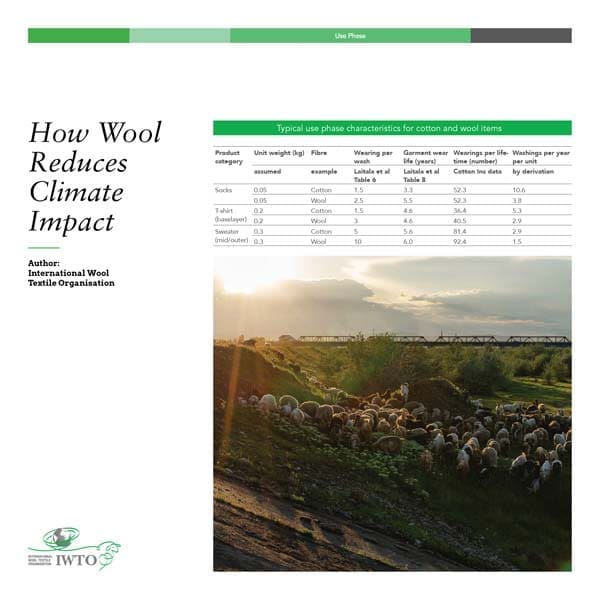Wool is a clear and simple example of the circular economy in action, both in terms of raw material production and its use in the textile industry.
Raw material:
- Sheep turn grass into wool
- Wool is harvested once a year
- It grows back.
Textile production:
- Wool fleece is transformed into yarn and then yarn becomes cloth
- The resulting textile can be worn/used for many years (and vintage wool garments are highly sought-after!)
- When a wool item finally reaches the end of its useful life, it can be recycled to make new yarn or be discarded onto the compost heap, where it naturally biodegrades, putting nutrients back into the soil.
This perfect circular economy was originally designed thousands of years ago and it is as robust today as ever. In the apparel industry, many eco-friendly initiatives focus on very similar sustainability strategies. And recent data demonstrates that wool brings multiple environmental benefits through the post-use phase of apparel, which is very relevant to today’s society.
Therefore, wool should be at the top of a list of materials that represent best practice for a circular economy and IWTO works hard to promote its benefits and positive contribution, to policy makers, industry and the general public.

